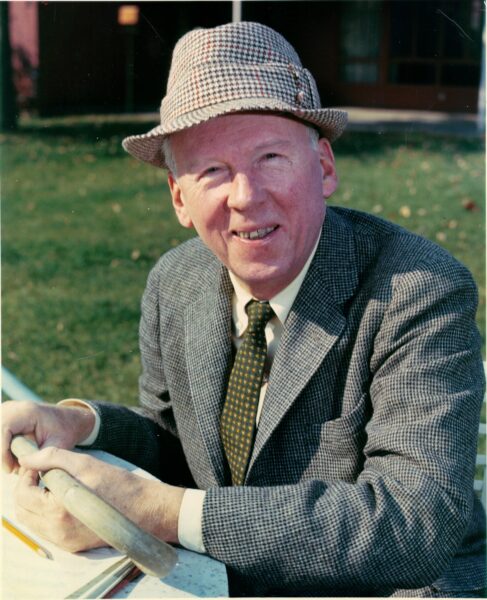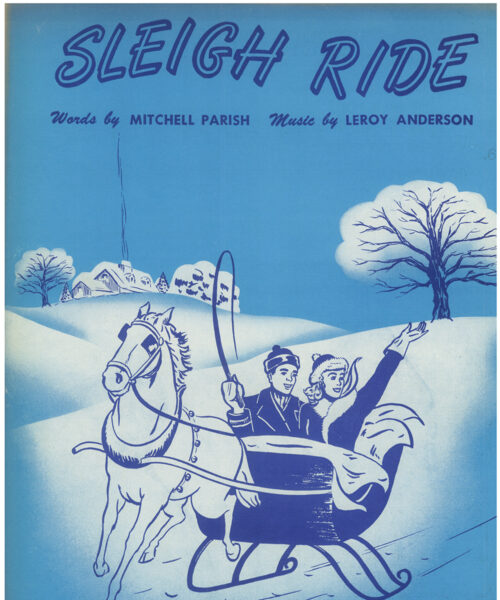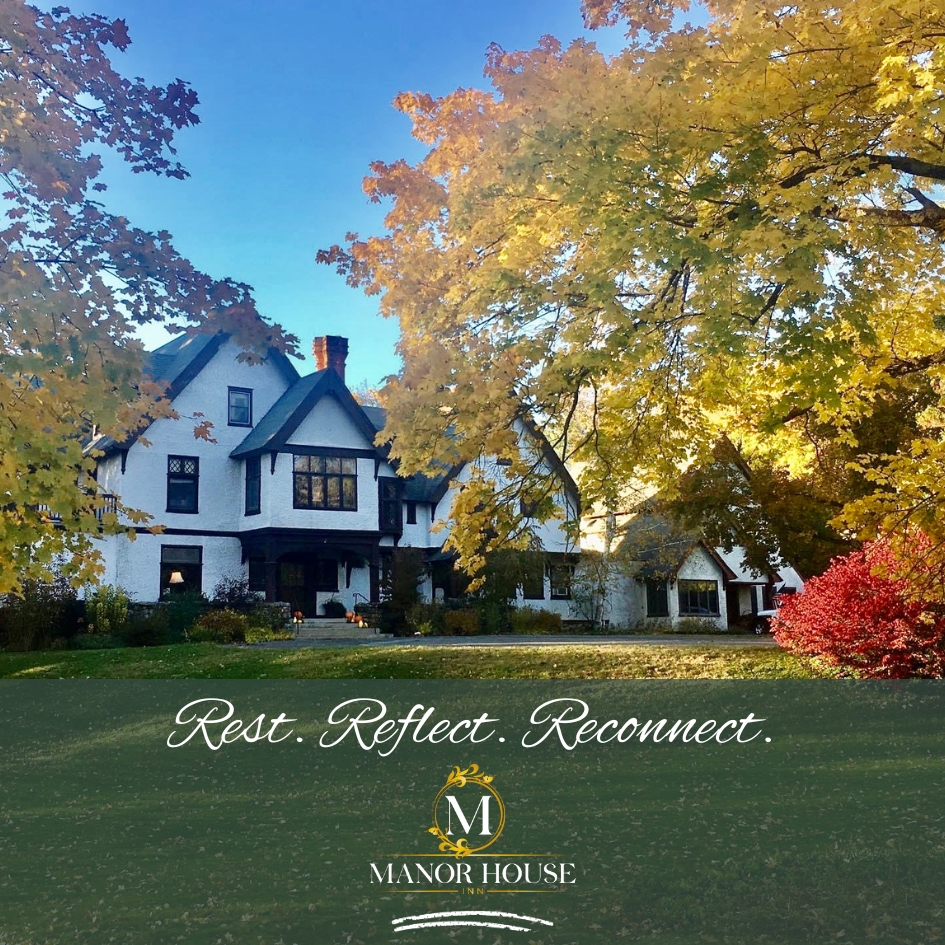December 4, 2023
Leroy Anderson’s “Sleigh Ride” Will Always Be Magical
By Linda Tuccio-Koonz
Rolf Anderson used to worry that people would tire of hearing “Sleigh Ride” because it’s played so often this time of year. But he doesn’t worry anymore.
The 1940s melody—composed by his late father, Woodbury’s Leroy Anderson—remains among the world’s most popular Christmas songs. He and his siblings couldn’t be prouder.

“That our dad’s music brings so much happiness to people around the world is really wonderful,” Rolf says.
“Sleigh Ride,” of course, is the joyful winter standard sprinkled with sounds of jingling bells and clip-clopping hooves. Its upbeat melody glides along like a dream, then swiftly halts with the unbridled glee of a horse’s whinny (created by a trumpet!).
Rolf says “Sleigh Ride” wasn’t meant to be a Christmas song, although it’s certainly associated with the holiday.
“The two things many people do not know are that “Sleigh Ride” was not written as Christmas music, and that the original composition was written for symphony orchestra,” he says, of the piece his father first envisioned in 1946, while living on Painter Hill Road in Woodbury.
Anderson, the son of Swedish immigrants, has said the song was meant to depict a long-ago winter. Ironically, he came up with much of its magic during a July heat wave.
He completed “Sleigh Ride” in 1948, and Arthur Fiedler conducted its premiere with the Boston Pops Orchestra. Lyrics, by Mitchell Parish, were added in 1950; the word, “Christmas,” is never even mentioned.
Although “Sleigh Ride” has been translated into multiple languages, and has frequently been ranked as America’s number one holiday tune, it’s hardly the only piece for which Anderson is known. The composer, who died in 1975, also created such works as “The Syncopated Clock,” which became the theme song for the TV movie series, “The Late Show.”
“In the early 1950s when my brother and I were born, our dad had already written “Blue Tango” and many other compositions,” Rolf says, adding his father was “a very serious person” with “a great sense of humor.”
That humor is demonstrated in compositions such as The Typewriter—featuring a typewriter as a percussion instrument.
“When our dad completed “Sleigh Ride,” my parents, sister Jane, and our older brother, Eric, were living on Parade Place in Brooklyn,” Rolf says, of their brief time in New York. Returning to Woodbury, they eventually settled in a residence Anderson commissioned at 33 Grassy Hill Road.
“He was a modernist and wanted to live in a modern home,” Rolf says, of the property known today as the Leroy Anderson House.
Rolf says his childhood home was designated a Historic House Museum in 2018, four years after the death of his mother, Eleanor. “It was my mother who originally had the idea of opening the house to visitors and hosting concerts.”
The Leroy Anderson House features an exhibit of memorabilia from records and posters to handwritten music.
“The living room with dad’s piano (a 1956 Steinway) makes a strong first impression for visitors,” Rolf says. “The large windows in the living room make the outdoors part of the indoor living experience.”
“Dad loved trees and songbirds. He needed it to be quiet to compose music. I know he thoroughly enjoyed living in what he called ‘splendid isolation.’”





















